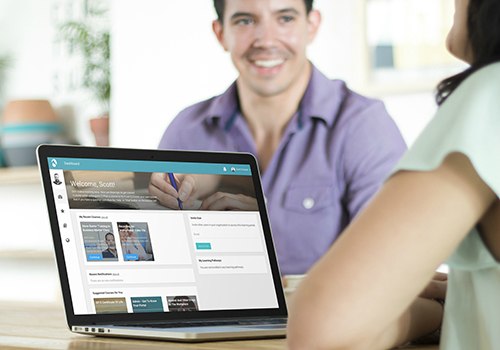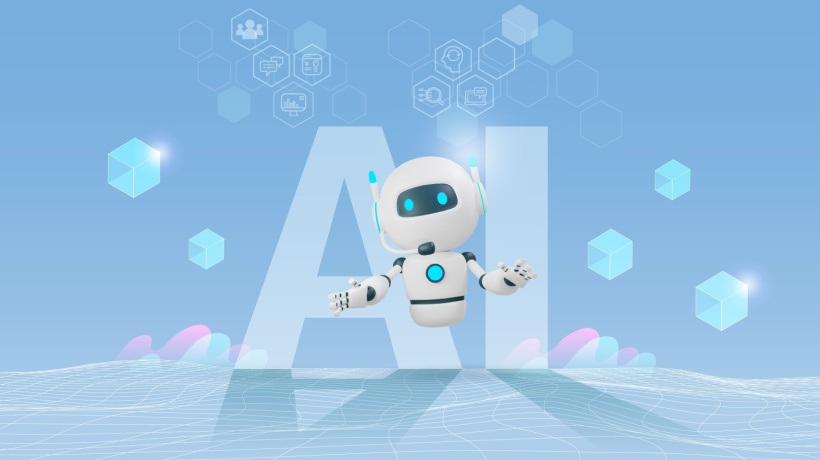How To Use The New Knowledge Economy To Enhance Your Corporate Learning Experience
The words of Peter Drucker have never been truer:
“The rate at which an organization learns may become the only sustainable source of competitive advantage.”
How do you then maximize corporate learning in your organization? The world is changing so quickly how do you ensure your organization has the knowledge to be at the forefront of resolving challenges and making the most of your opportunities?
Traditionally learning is thought of in terms of “teaching” by a top down approach, presenting content to your employees using courses created by a manager or a third party provider. This approach is proving to be increasingly insufficient to cope in the new knowledge economy.
The Current State Of Corporate Learning
- 94% of learning buyers believe that the working style of employees is dramatically different today than that of the past five years, and that new approaches and technologies are needed.
- 67% of managers consider ease of use to be the biggest issue when selecting a Learning Management System (LMS).
- The extended enterprise –by 2020, half of the workforce could be contingent labor (not employees)– think of contractors, customers, franchisees, suppliers who also need to be a part of your knowledge base.
- Learning is moving to the forefront of the talent management product stack. Learning now motors the talent strategy for onboarding, engagement, motivation, and succession.
- Informal learning: Traditional systems miss the largest piece of the pie!
At the moment we are also seeing two key areas to significantly (up to ten times!) improve the learning experience in all organizations, Instant Access and Informal Learning.
- Instant Access.
- Mobile first mentality.
Mobile has now become the device of choice for users, with over 51% of people now opting for their mobile device over the more traditional laptops or the PC, and the gap is growing each month. This translates to more people looking at vertical screens on mobile than horizontal screens of laptops and desktops. - Search.
Learning should offer a strong search option. So much is learned from Google searching areas of interest, and similar functionality should be in your learning environment. Learning does not just occur at a course level. - Learning as a flip board.
Learning does not need to be initiated. You can be exposed to new knowledge in your field on a daily basis by interacting with your co-workers. It can be recommended to you or learnt by assisting others. - Ease of use.
Learning should be a simple and fun process.
- Mobile first mentality.
- Informal Learning.
75% of learning is informal. The required learning might be a subset of a course, but you can learn just as much from your co-workers during your day as you will in your training programs.- User generated content.
Content may be king but for learning professionals, those who generate the content are really the ones in charge. Increasingly, users themselves are generating relevant content themselves. - Groups.
Learning can be collaborative and shared experience. - Rich Media.
The retention rate for visual information can reach up to 65% vs. 10% for text based information. Internet traffic in 2017 of all will be made up of 74% video content. (By 2018 we predict over 80% of content will be video based.) - Gamification.
The digital natives who were raised on video games are entering the workforce so it’s not surprising that the gaming experience has influenced the way employees want to learn. Gamification has become an integral part of the learning process, and will become a more prominent feature in modern learning materials. - Personalized learning.
Today’s learning buyer believes in building a learning process that’s a win-win for both the organization and the employee. When the learning process is built around matching the skills employees want with the skills the organization needs, a sustainable model for learning doesn’t just survive, it thrives.
- User generated content.
Even though things are trending towards these newer and more versatile learning models, the more traditional formal compliance-driven learning programs still have a role in the market. Regulations are becoming more onerous, and it is critical to keep employees up to date with the current codes and regulations. Training for compliance can also be turned into a fun experience, but cannot be skipped over. Failure to comply with regulations can result in hefty fines, and, in some cases, endangering the lives of both employees and the general public. Learning professionals have to walk in both worlds.
- 2 out of 3 organizations say that demonstrating compliance is very important to them.
- 1 out of 2 organizations are currently relying on their Learning Management System to demonstrate compliance.
With a Learning Management System such as the GO1 Learning portal you are truly using the latest technologies to give your organization the best opportunity to learn. You will experience all of these features to enhance your learning experience:
- Truly mobile learning (as well as laptop).
- Search to learn functionality.
- Groups/Message boards: To share and collaborate allowing informal learning.
- Content ready to go from the Market Place.
- Content that can easily be created by anyone.
You need to give your employees the best tools and technology to learn. Don’t persist with outdated learning systems which only cater to 10% of your organization.
It's time to invest in a Learning Management System that works with your team, not against it!









